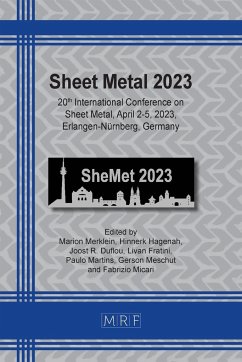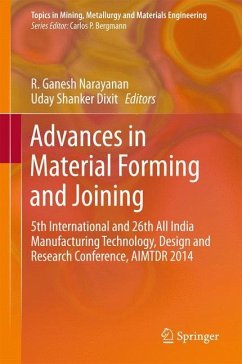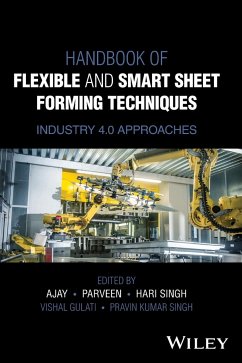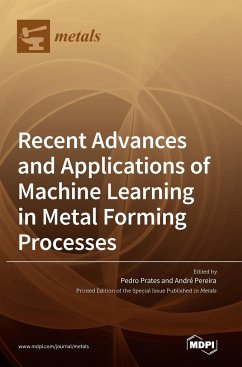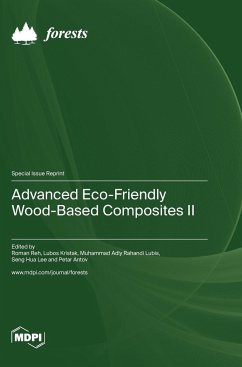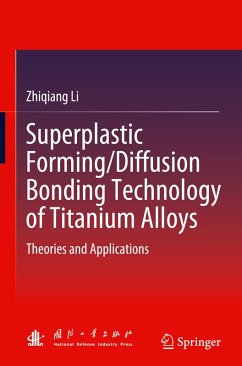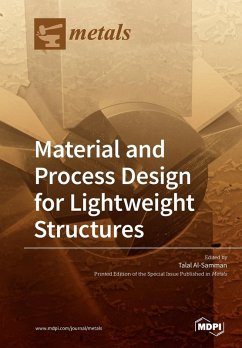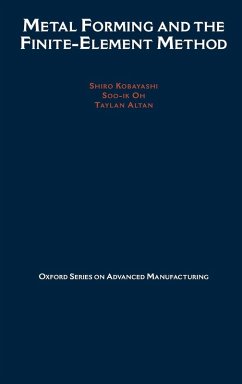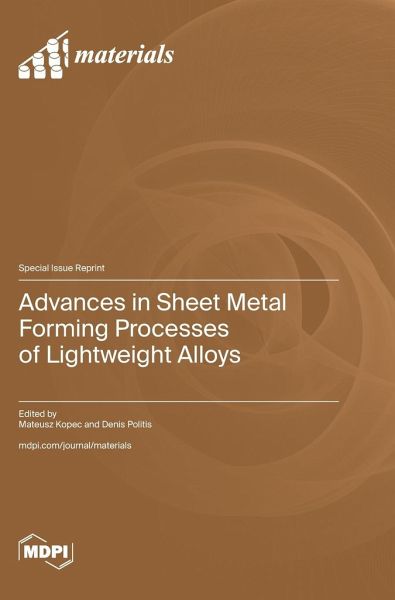
Advances in Sheet Metal Forming Processes of Lightweight Alloys
Versandkostenfrei!
Versandfertig in 1-2 Wochen
68,99 €
inkl. MwSt.

PAYBACK Punkte
34 °P sammeln!
With the continuously growing need for more fuel-efficient and sustainable vehicles, the characterisation and modelling of metal forming processes has been indispensable in the development of new products. In the automotive and aviation sector, low-strength structural components are commonly produced from aluminium alloys, and higher-strength structural components are made from ultrahigh-strength steels (UHSS) and titanium alloys. The main issue experienced during the hot forming of complex-shaped components from difficult to form alloys is that they are time-, energy- and cost-intensive. The ...
With the continuously growing need for more fuel-efficient and sustainable vehicles, the characterisation and modelling of metal forming processes has been indispensable in the development of new products. In the automotive and aviation sector, low-strength structural components are commonly produced from aluminium alloys, and higher-strength structural components are made from ultrahigh-strength steels (UHSS) and titanium alloys. The main issue experienced during the hot forming of complex-shaped components from difficult to form alloys is that they are time-, energy- and cost-intensive. The aircraft industry currently uses methods such as superplastic forming (SPF), superplastic forming with diffusion bonding (SPF-DB), hot stretch forming, hot gas pressure forming and isothermal hot forming. Moreover, novel techniques have been developed to produce complex-shaped structural components including the solution heat treatment, forming and in-die quenching (HFQ), quick-plastic forming, hot stamping using rapid heating and fast light alloy stamping technology (FAST). This Special Issue focuses on the characterisation techniques and advanced predictive models developed for such processes.



